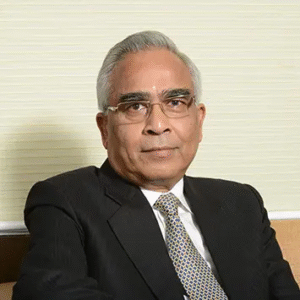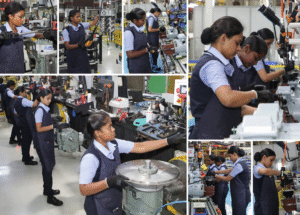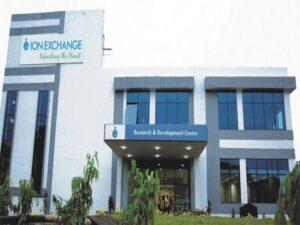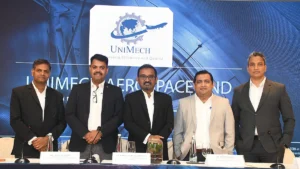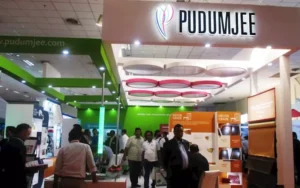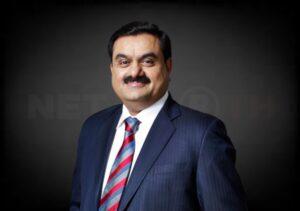1. At a Glance
Adani Power is India’s largest private thermal power producer, burning enough coal to make Greta Thunberg lose her voice. With anoperational capacity of 17,550 MWand ambitions to touch30,670 MW by 2032, it already accounts for6% of India’s total thermal powerand a staggering16% of private thermal output. In FY25 it clocked₹55,357 Cr revenueand₹12,411 Cr PAT— which is basically more profit than the GDP of a small island nation. And when not frying coal, it’s busy frying DISCOMs in court, bagging₹4,240 Cr from Maharashtra SEBand₹1,348 Cr from Karnatakathrough late payment surcharge verdicts. Who needs tariffs when the Supreme Court becomes your best client?
2. Introduction
Welcome to the power circus, where Adani Power Ltd (APL) plays ringmaster with a coal whip. While India dreams of renewables, Adani is busy buildingultra-supercritical plantsthat make sure your AC works while you tweet about climate change.
The company is part of theAdani Group empire, so it doesn’t just produce electricity — it also controls ports, coal mines, logistics, and even the headlines. Owning the entire supply chain is genius: dig coal, transport coal, burn coal, sell power, sue the government when they delay payment, collect surcharge. Rinse and repeat.
Capacity today? 17.5 GW. Target? 30.6 GW by 2032. Think of it as “30 under 30,” but instead of Instagram influencers, it’s megawatts.
Its business model is ahybrid of PPAs (85%) and merchant sales (15%). Translation: most income is stable, long-term cash flow from state DISCOMs (aka perpetually broke government entities). The rest is opportunistic trading on merchant markets, where tariffs spike like Zomato surge pricing on New Year’s Eve.
And let’s not forget international expansion. TheirGodda plant exports 1,600 MW to Bangladesh— India’s first transnational power export project. Because why only collect late payments in rupees when you can also invoice in takas?
3. Business Model (WTF Do They Even Do?)
Adani Power’s playbook is brutally simple:
- Long-Term PPAs: 85% locked-in revenue via contracts with state boards like MSEDCL, GUVNL, RUVNL. Basically, DISCOMs can’t ghost them — even if they want to.
- Merchant Sales (15%): Sell excess power in open market when demand spikes. It’s the stock trading equivalent of catching a rally in Adani stocks post-Hindenburg.
- International Sales: Bangladesh is hooked up via the Godda project. First time India is exporting baseload power at scale.
- Technology Mix:
- 74% capacity viasupercritical & ultra-supercritical plants. This is the coal industry’s version of “premium quality” — burns more efficiently, pollutes slightly less, and keeps regulators happy.
- Capex Juggernaut: ₹14,170 Cr in FY24 for new plants, acquisitions, digital operations (ENOC monitoring center, Project Beacon analytics).
In short, Adani Power is not just selling electricity. It’s monetizing inefficiency in Indian DISCOMs, globalizing coal, and scaling like a start-up — except it runs on Supreme Court verdicts instead of VC funding.
4. Financials Overview
| Metric | Latest Qtr (Q1 FY26) | YoY Qtr (Q1 FY25) | Prev Qtr (Q4 FY25) | YoY % | QoQ % |
|---|---|---|---|---|---|
| Revenue | ₹14,109 Cr | ₹14,956 Cr | ₹14,237 Cr | -5.7% | -0.9% |
| EBITDA | ₹5,685 Cr | ₹6,194 Cr | ₹4,813 Cr | -8.2% | +18.1% |
| PAT | ₹3,305 Cr | ₹3,913 Cr | ₹2,599 Cr | -15.5% | +27.2% |
| EPS (₹) | 8.78 | 10.14 | 6.84 | -13.5% | +28.3% |
Commentary:
- Revenue dipped YoY and QoQ — demand + tariffs cooling.
- EBITDA margin still monster level: ~40%.
- PAT swingy: down 15% YoY but up 27% QoQ.
- Annualised EPS = ₹35 → P/E ~17x. Industry median ~21x. Translation: stock isn’t dirt cheap, but it’s not Tata Power-level overpriced either.
5. Valuation (Fair Value RANGE only)
Method 1: P/EEPS (TTM) = ₹32.2. Assign range 16x–22x.→ FV range = ₹515 – ₹710.
Method 2: EV/EBITDAFY25 EBITDA ~ ₹20,796 Cr. EV/EBITDA range 10–12x.→ EV = ₹2.08 – 2.49 lakh Cr. Subtract debt (₹39,495 Cr), add cash ~₹5,000 Cr.→ FV range = ₹540 – ₹690.
Method 3: DCF (simplified)Assume CFO ~₹20,000 Cr, 5% growth, 10% discount rate, terminal 3%.→ FV ~ ₹550

